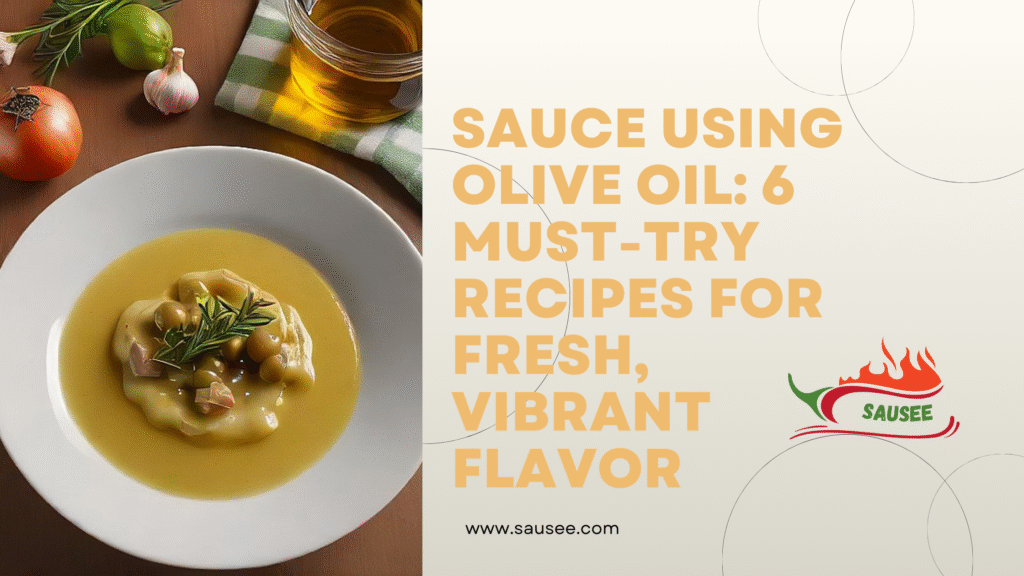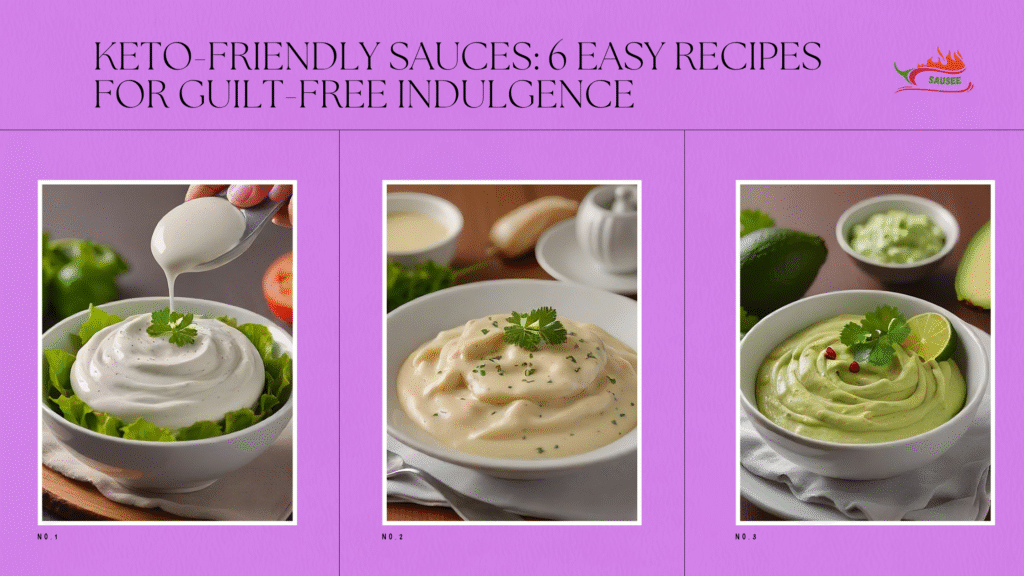Table of Contents
Introduction: Why Olive Oil Is the Secret to Better Sauces
Olive oil is something more than cooking fat; it is a taste dynamo. With monounsaturated fats, which are heart-healthy, packed with antioxidants, and said to have anti-inflammatory benefits, olive oil should take center stage out of the frying pan or on the salad dish.
All the dishes are enhanced with the preparation of a sauce with olive oil. It doesn’t have fat, rich, thick dairy ingredients or processed stuff; it is a description of freshness, wet depth, and slick texture. The hard, bright flavor of olive oil-based sauces can also be used in Italian pasta, Mediterranean grain dishes, and Middle Eastern spreads to allow you to stay clean and healthy in your diet.
An amazing sauce with olive oil brings a decisive, fresh taste and helps to live a healthy life. Probably even six recipes dedicated to this universal ingredient will be ready to go? So here we go.
1. Garlic‑Infused Olive Oil Sauce: The Ultimate Base
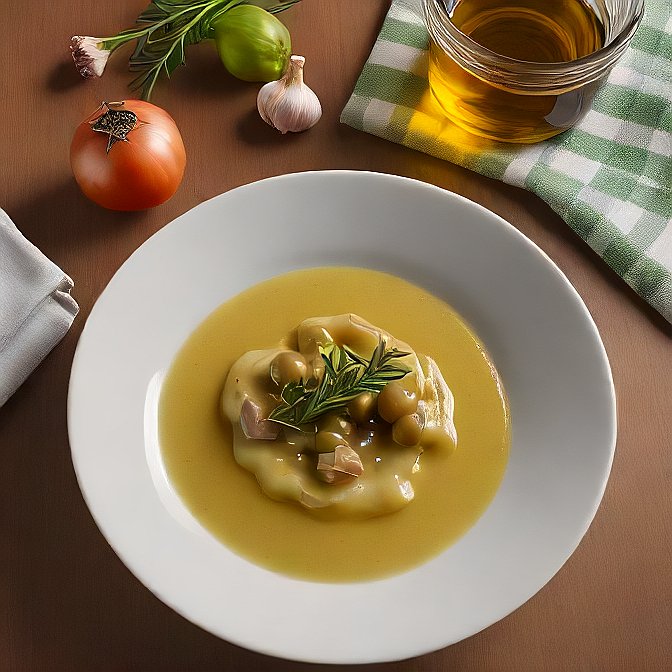
Overview
It is a beautiful, simple sauce that starts by soft simmering thinly sliced garlic in extra‑virgin olive oil. The method helps release intense aroma and flavor without the addition of browning and bitterness.
How to Make It
- In a slow heat, add 1/2 Cup extra-virgin olive oil.
- Add in 4-6 thin slices of garlic and a pinch of salt; braise 1-2 minutes.
- Take off the heat when the garlic is not yet discoloured.
Ways to Use It
- Toss with al dente spaghetti and parmesan, and parsley.
- Starter or bread can be dipped in crusty bread.
- Pour on a cooked vegetable or grilled shrimp.
Variations & Tips
- To add spice, add 1/4 tsp chili flakes.
- Blend in a teaspoonful of lemon peel or a post-finishing squirt of juice.
- Substitute garlic with a nutty richness substitute of Parmesan (for vegan, omit).
Why It’s Great
Olive oil is a smooth coating and taste is given by garlic and The low-heat method preserves the oil nutrients and freshness. Totally flexible and can be made in minutes.
2. Herb Chimichurri: Zesty, Green, and Olive Oil‑Rich
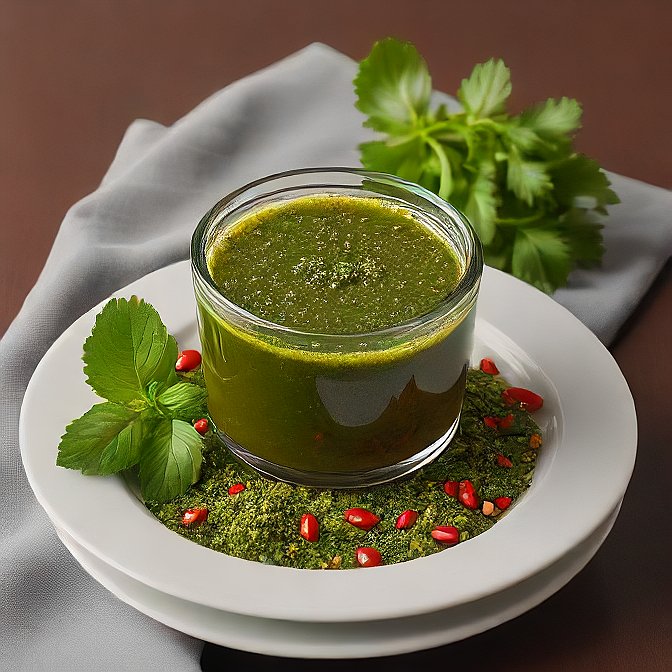
Overview
Hailing from Argentina, chimichurri is a raw herb dressing with a strong color and flavor, which is perfect to serve and garnish, and even to marinate.
Ingredients & Method
- 1 cup fresh parsley, chopped
- 3 garlic cloves, finely minced
- 2 Tbs fresh oregano (or 1 Tbs of dry)
- 2 Tbsp red wine, or sherry vinegar
- 1/2 -3/4 cup extra-virgin olive oil
- 1/8 tsp red pepper flakes, and to taste salt and pepper
Combine herbs and garlic and whisk in vinegar and oil, season. No need to cook.
Best Uses
- Serve over grilled steak, chicken, or salmon.
- Any roasted vegetables or grain bowls as a dressing.
- Accompanied by empanada or chickpea patties.
Flavor Variations
- To bring Latin flavor, add cilantro.
- Complete with lime juice to give it some light.
- Sour vinegar may be substituted with lemon juice in lighter foods.
Why It Works
The flavour of chopped herbs and vinegar is reinforced with the smell of olive oil, and gives a perfect sauce which is nutritious.
3. Olive Oil Pesto: Classic or Dairy‑Free Variations
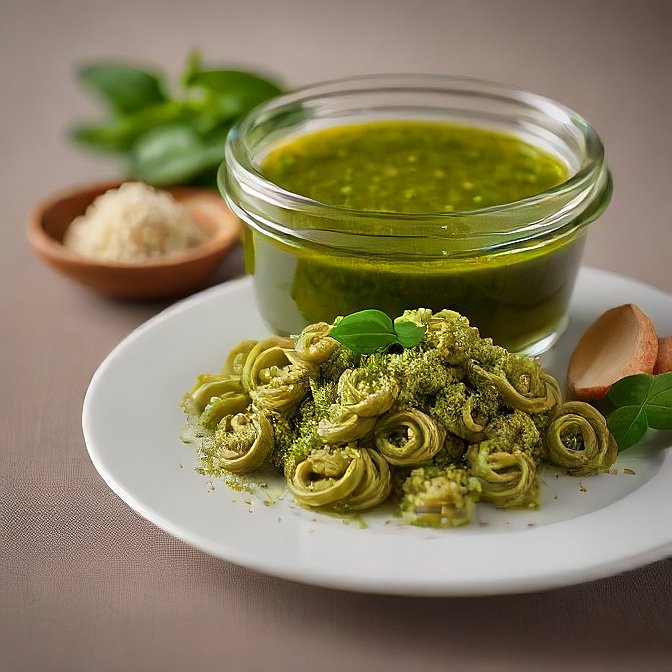
Overview
Pesto is nice and comforting, and it is a good way to serve up basil, garlic, olive oil, and cheese.
Classic Pesto (makes 1 cup)
- 2 cups of basil leaves
- 2 cloves of garlic
- 1/4 cup of pine nuts (use walnuts instead of pine nuts as a cheaper alternative)
- 1/2 cup olive oil of extra virgin quality
- 4 tbsp (optional) Parmesan Cheese, grated
- Of salt and black pepper
Mix the basil, garlic, nuts, and add oil gradually and salt. When you drop the cheese, you do nutritional yeast.
Uses
- Spirafilled or chop noodles with eggplant.
- Add to soups or grain food.
- Served on sandwiches or pizza crust.
Storage Tips
- Basil blanch briefly and then shock in ice water, to retain color.
- Before refrigeration, press a layer of oil on the top to avoid oxidation.
Why It’s Essential
Pesto binds it with its herbal flavour, and the body is added to it with the use of olive oil.
Check Out: Sauce Without Cream: How Do You Create 6 Tasty Sauces for Healthy Meals?
4. Roasted Red Pepper & Olive Oil Sauce: Smoky & Smooth

Overview
The mixture with the olive oil and spices seems sweet and smoky when it is added along with roasted red pepper, which is rather vital.
Ingredients & Method
- 2-3 roasted red peppers (There are homemade and packed roasted peppers)
- Two bulbs of garlic.
- a half cup of olive oil, salt, and black pepper
- 1/4 tsp smoked paprika; you can also use cayenne/chili flakes
Blend up until smooth; add water or broth to thin out.
Uses
- Mix with pasta or grain bowls.
- Apply to sandwiches or crostini.
- Serve together with roasted chicken or tofu.
Enhancements
- Put more plump cashews into it to make it creamy.
- To complete this, add some lime juice or lime flavor to it.
Why It’s Smart
It substitutes cream or butter with vegetables and oil, which introduces new taste and color and healthy and healthy material.
5. Lemon‑Olive Oil Vinaigrette: Light and Tangy
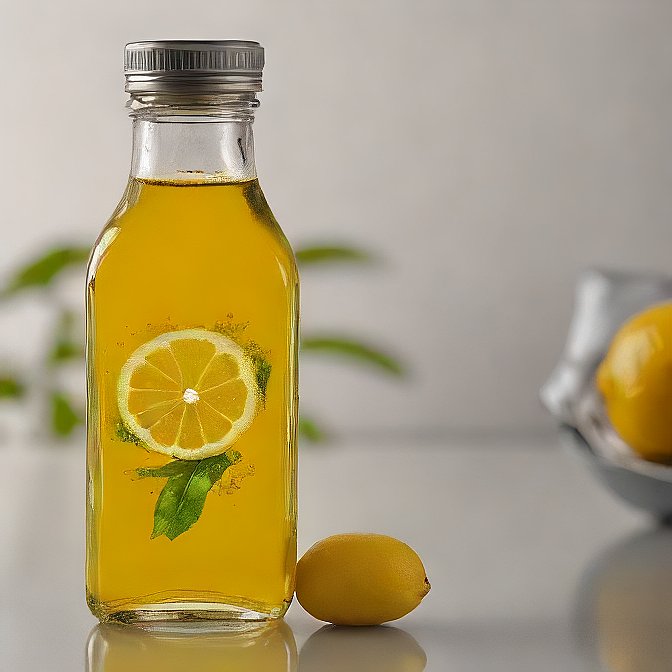
Overview
Light, easy, flexible vinaigrette is done not too long in time and suitable in cases with a salad, roasted vegetables, or fish.
Ingredients (serves 3/4 cup)
- 1/4 cup lemon juice, 1-2 lemons
- 125 ml/250 ml extra‑virgin olive oil
- 1 tsp Dijon mustard
- 1 grated clove of garlic
- 1 tsp honey, or maple syrup (op.)
- To taste with salt & pepper
- Other optional ingredients include chopped thyme, oregano, or parsley.
Mix all of the ingredients until they become emulsified via whisking or shaking.
Applications
- Green/potato salad dressing.
- This is done by marinating fish or tofu prior to cooking.
- Complete roasted vegetable cups or grain cups.
Tips
- To taste, add sweetness or zest.
- Dress one day before it is to be served to get deeper flavours.
- Stays fresh for a week in the refrigerator.
Why It’s Vibrant
Homestyle tomato sauce developed in olive oil, no sugar or milk products involved, slow cooking, and premium ingredients.
6. Warm Tomato‑Olive Oil Sauce: Rustic and Hearty
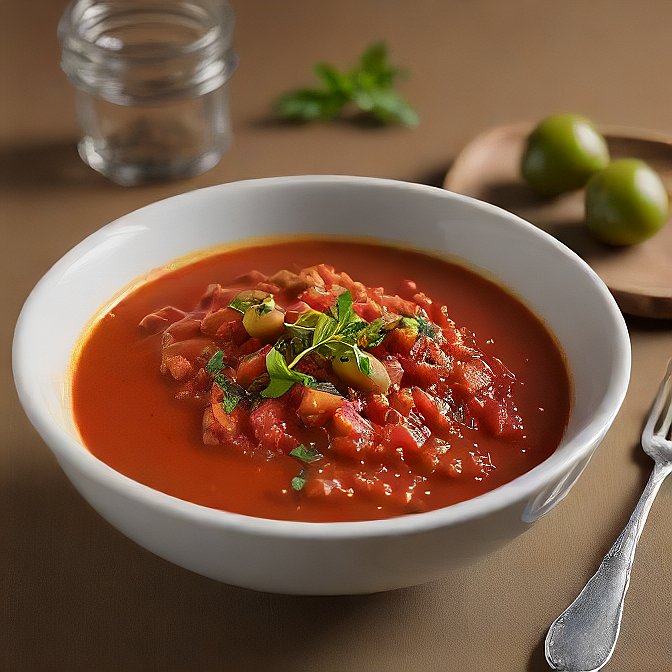
Overview
With just a few ingredients, acidity is mellowed with olive oil, binders are used with mustard, and top notes are with herbs.
Ingredients & Method
- 2 Tbsp olive oil
- 1 small onion, finely chopped
- 3 garlic cloves, minced
- 28 oz crushed tomatoes in cans or 4 cups of diced tomatoes
- Basil, oregano, salt, pepper
- Optional: splash of vinegar, balsamic, or red wine
Sauté the onion till tender, then add in garlic, a little stir in tomatoes, and cook this for 20- 30 minutes. Season, and finish off.
How to Enjoy
- Meatballs alone on baked eggplant, meatballs on pasta, or meatballs as a side dish to a meat dish, etc.
- Put into shakshuka or Brussels sprouts.
- Use as a topping, stirred or mixed into noodles, or tossed into beans.
Enhancers
- Add capers or olives to taste as a touch of Mediterranean.
- Stir in roasted mushrooms or olives to add the umami.
Why It Works
A warm tomato compound has authenticity and fat, but no butter or cream.
Conclusion:
All these six olive oil recipes display that no butter and thick cream may be easily prepared tasty, and at the same time, healthy. The two sauces are different and possess their own flavours:
- The garlic-flavored sauce is clear and aromatic.
- Chimichurri is apocalyptic and herby.
- Pesto gives a rich herbal flavor.
- Roasted red pepper sauce is used to give smokiness.
- Vinaigrette is used on lemon finishing dishes.
- Tomato is rough and beautiful.
They are all possible to prepare using pantry and fresh products, and all of them might be ready in a couple of minutes or in an hour of work. The sauces are flavorful, multicolored, intestinal, and an excellent addition to pasta, grain bowls, roasted vegetables, fish, and tofu.
And which will be your choice of olive oil-based sauce? Take one of these and taste and feel, and leave these healthy-good flavours to do their magic with your cooking and with your diet, without either jeopardising.
For more info: Click Here.
FAQs
1. Can we use olive oil in preparing sauces?
Indeed, in actual fact, olive oil is the basis of several sauces. It is also a very tasty convergence, and it facilitates the mixing of the ingredients. It can be used in pesto, tomato, or whatever, and even in creamy dressing.
2. Is it possible to warm olive oil to a high temperature?
Heat olive oil lightly or medium, do not heat it very hot. Extra virgin olive oil will also exhibit a lower smoke level, and in the event that it is subjected to heat, it may burn, therefore losing its taste. One must use regular or light olive oil instead when cooking with high heat.
3. Which olive oil would be most appropriate in pasta sauce?
Extra virgin olive oil is the best pasta sauce. Fresh and strong in flavor, it makes your sauce taste even better, especially in one of the simplest preparations, that of garlic and olive oil ( aglio e olio ) or fresh tomato sauce.

